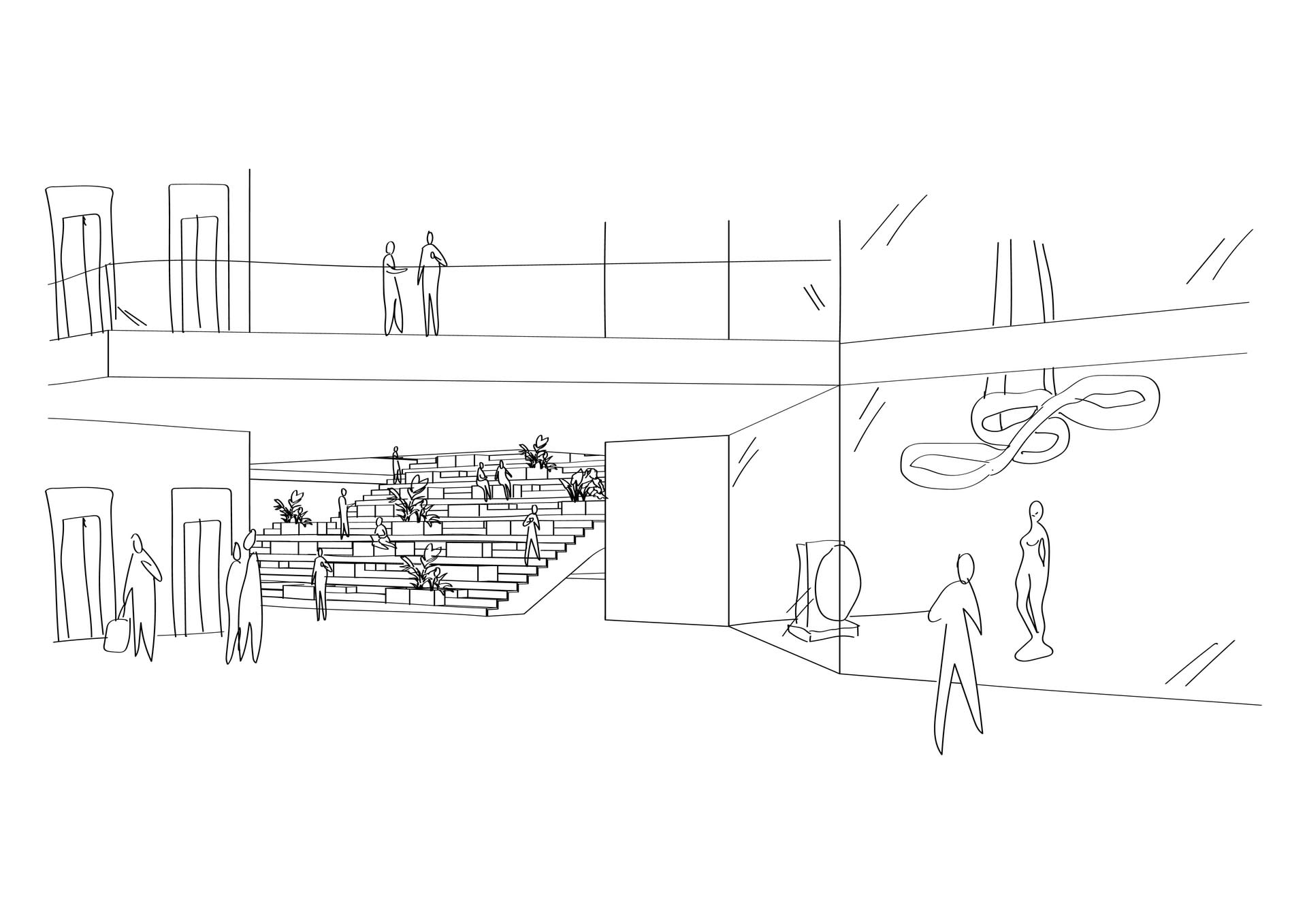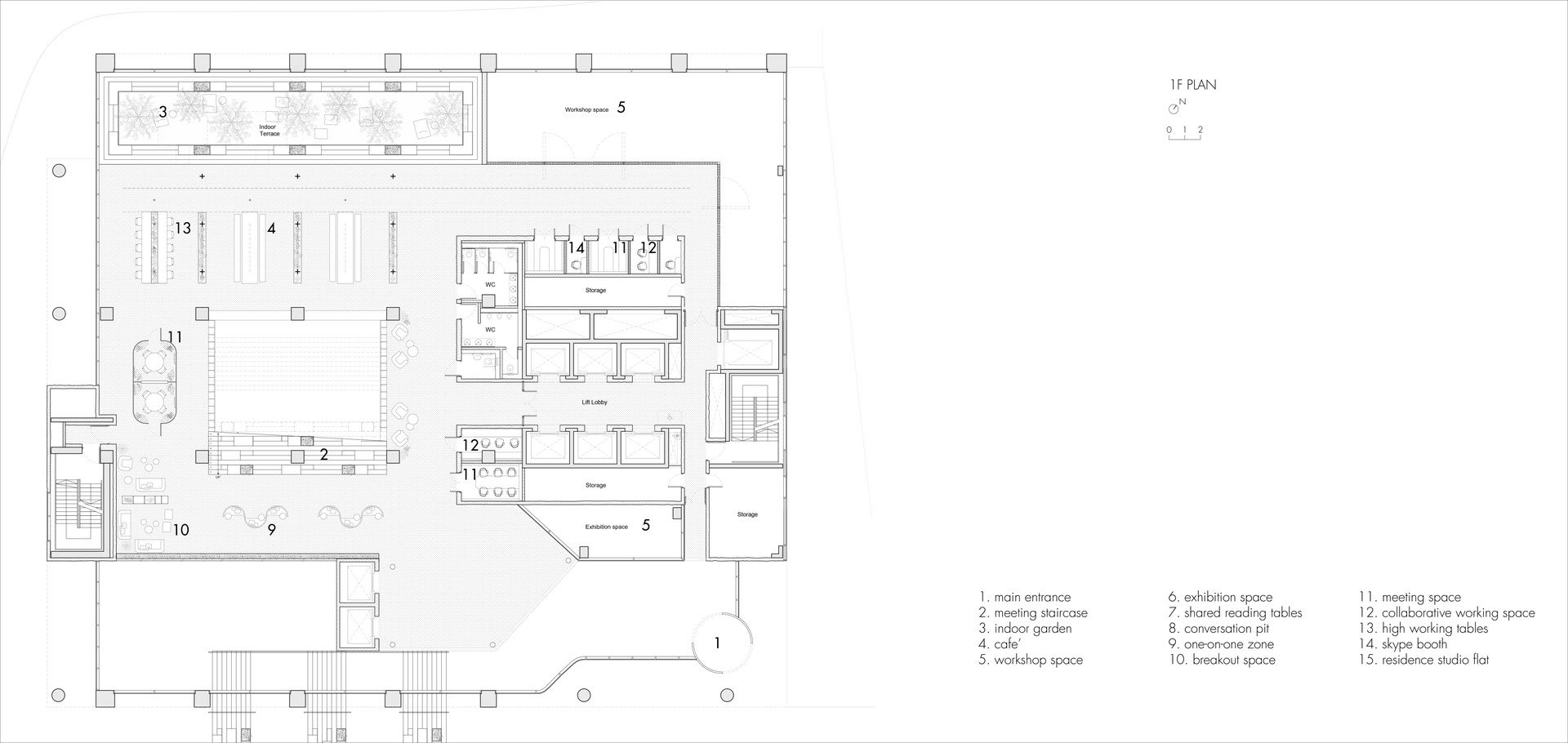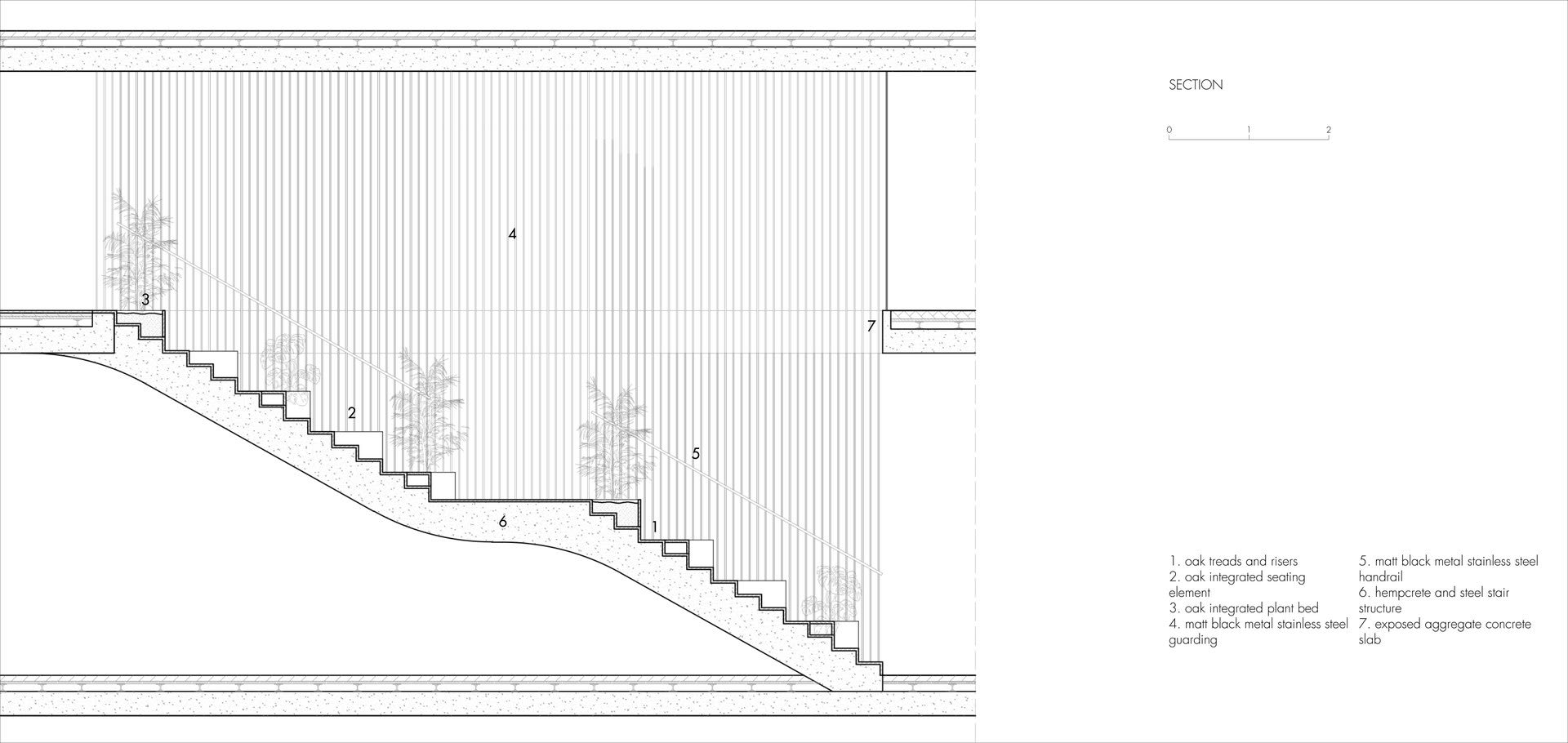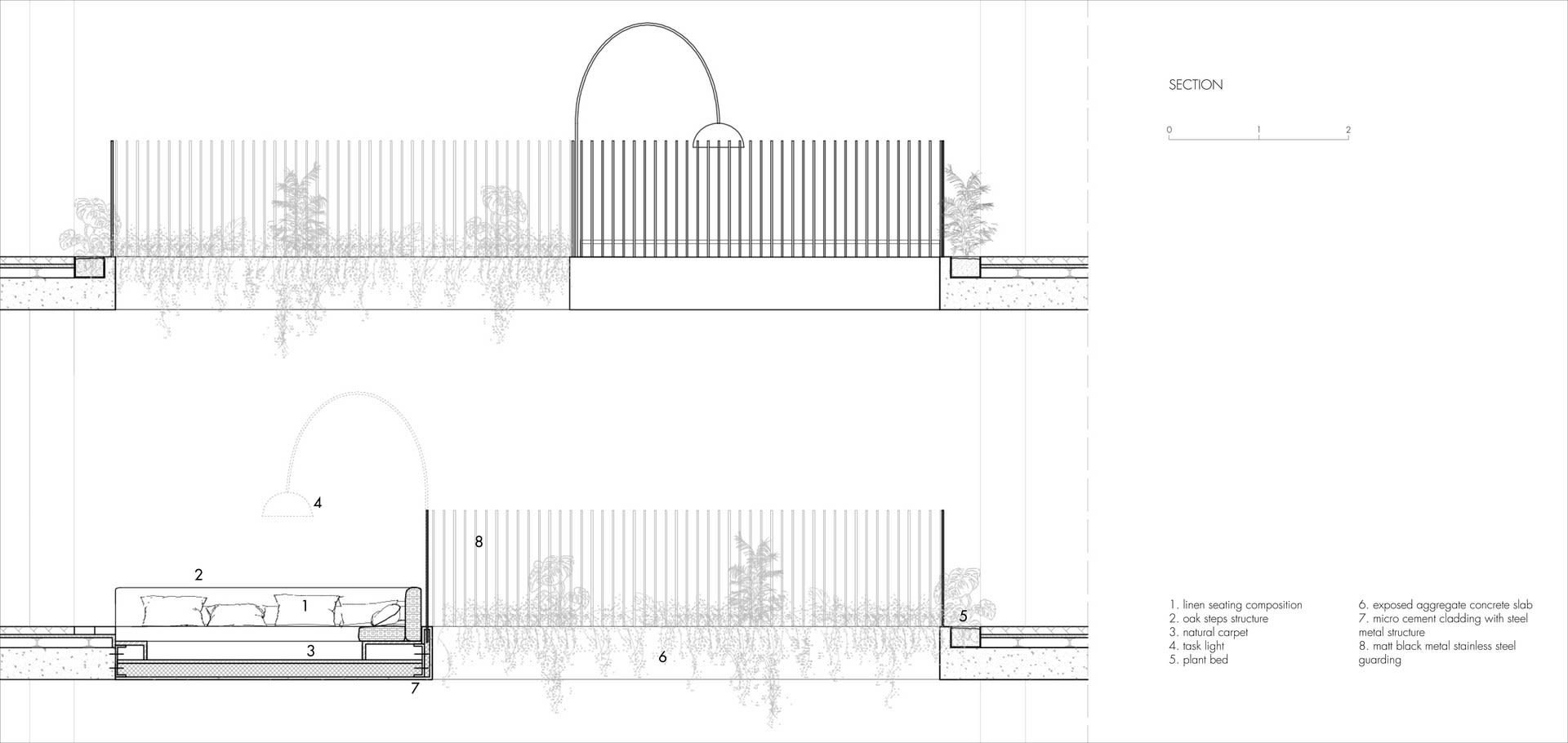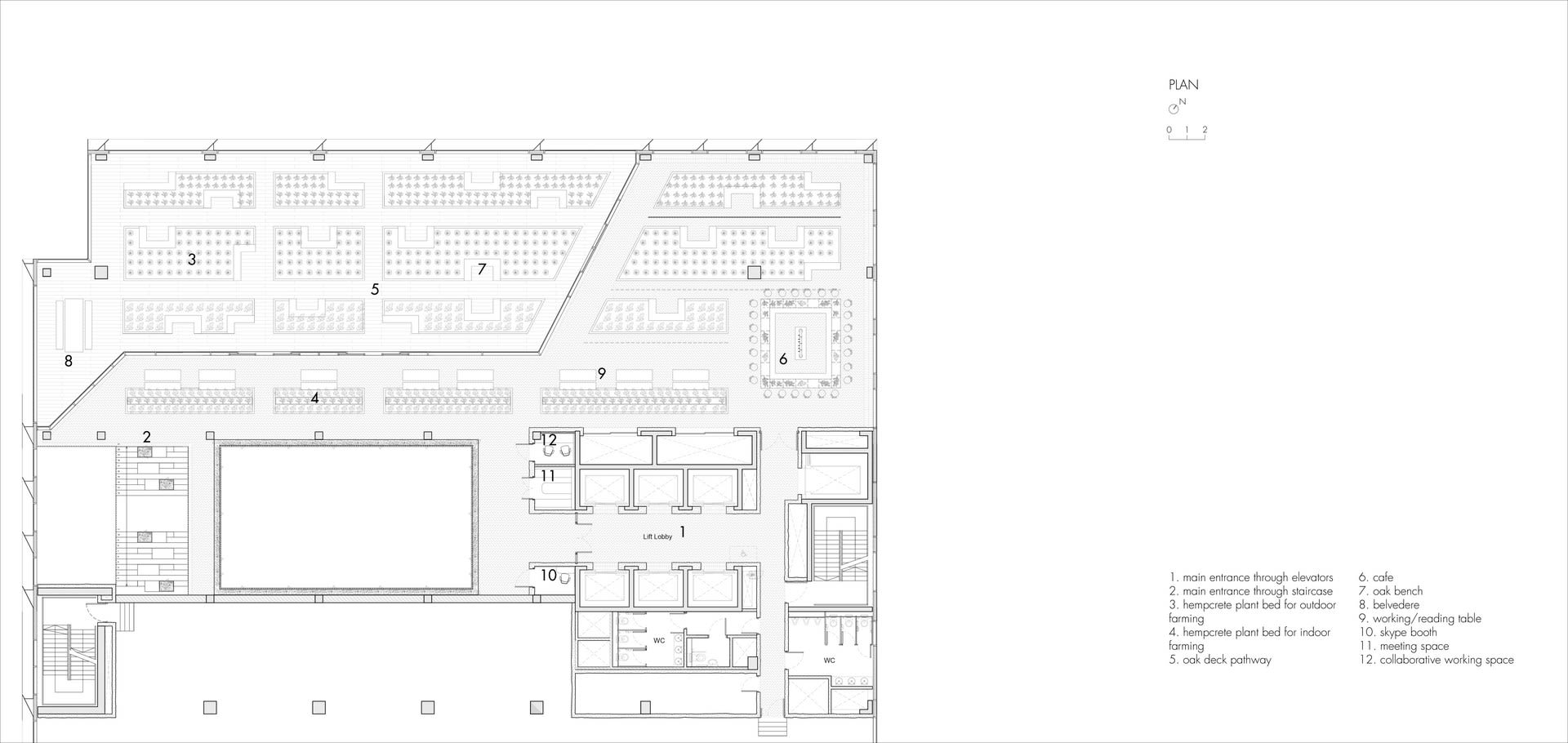Originally from Italy, I am an interior designer and researcher with a passion for Architecture, Narrative, and the Social Environment. My fields of interest span across adaptive reuse, wellbeing, and the emotional aspect of design.
Prior to my time at the RCA, I studied Interior Design at the European Institute of Design (IED) with a major in set design (2013-2016).
After graduating, I enriched my professional background through national and international work experiences. I moved to the Netherlands where I worked as interior designer on projects that ranged from retail design to residential, observing and understanding the nordic design and the emerging trends. In Italy I acquired experience in the high-end residential and commercial sector, working on a number of luxury private residences and commercial showrooms.
Thanks to the combination of my Italian educational heritage and my international professional experience, I developed a balance of tradition and innovation in my design.
I have continued my higher education at the RCA, specialising in Interior Futures at the School of Architecture. With a passion for architecture and narrative, my final master’s dissertation, Architecture and the Human Experience, explored the emotional connection between architecture and experience. The increasing awareness of the experience that each one of us lives in the spaces we inhabit, that we perceive with our body, must stimulate a more conscious design. Spaces have expression, behaviour; they are never static.
School of Architecture Prizes 2021 Joint Winner of Head of Programme’s Prize - Interior Design



![[untitled]](https://res.cloudinary.com/rca2020/image/upload/f_auto,h_1080,w_1920,c_fill,g_auto,q_auto/v1/rca2021/60cc864f98de755bbf5102c0-723752?_a=AXAH4S10)
![[untitled]](https://res.cloudinary.com/rca2020/image/upload/f_auto,h_1080,w_1920,c_fill,g_auto,q_auto/v1/rca2021/60cc864f98de755bbf5102c0-745489?_a=AXAH4S10)
![[untitled]](https://res.cloudinary.com/rca2020/image/upload/f_auto,h_1080,w_1920,c_fill,g_auto,q_auto/v1/rca2021/60cc864f98de755bbf5102c0-185845?_a=AXAH4S10)
![[untitled]](https://res.cloudinary.com/rca2020/image/upload/f_auto,h_1080,w_1920,c_fill,g_auto,q_auto/v1/rca2021/60cc864f98de755bbf5102c0-197063?_a=AXAH4S10)
![[untitled]](https://res.cloudinary.com/rca2020/image/upload/f_auto,h_1080,w_1920,c_fill,g_auto,q_auto/v1/rca2021/60cc864f98de755bbf5102c0-699230?_a=AXAH4S10)
![[untitled]](https://res.cloudinary.com/rca2020/image/upload/f_auto,h_1080,w_1920,c_fill,g_auto,q_auto/v1/rca2021/60cc864f98de755bbf5102c0-676375?_a=AXAH4S10)
![[untitled]](https://res.cloudinary.com/rca2020/image/upload/f_auto,h_1080,w_1920,c_fill,g_auto,q_auto/v1/rca2021/60cc91ae98de755bbf7032f2-386559?_a=AXAH4S10)
![[untitled]](https://res.cloudinary.com/rca2020/image/upload/f_auto,h_1080,w_1920,c_fill,g_auto,q_auto/v1/rca2021/60cc91ae98de755bbf7032f2-220427?_a=AXAH4S10)

